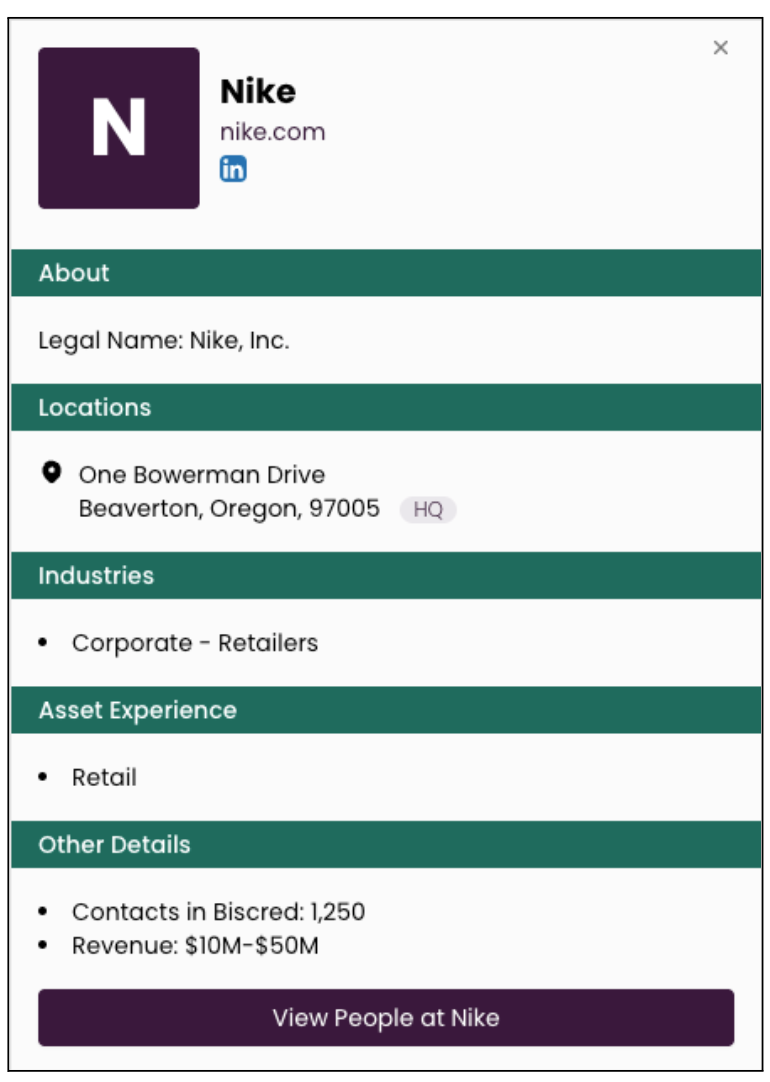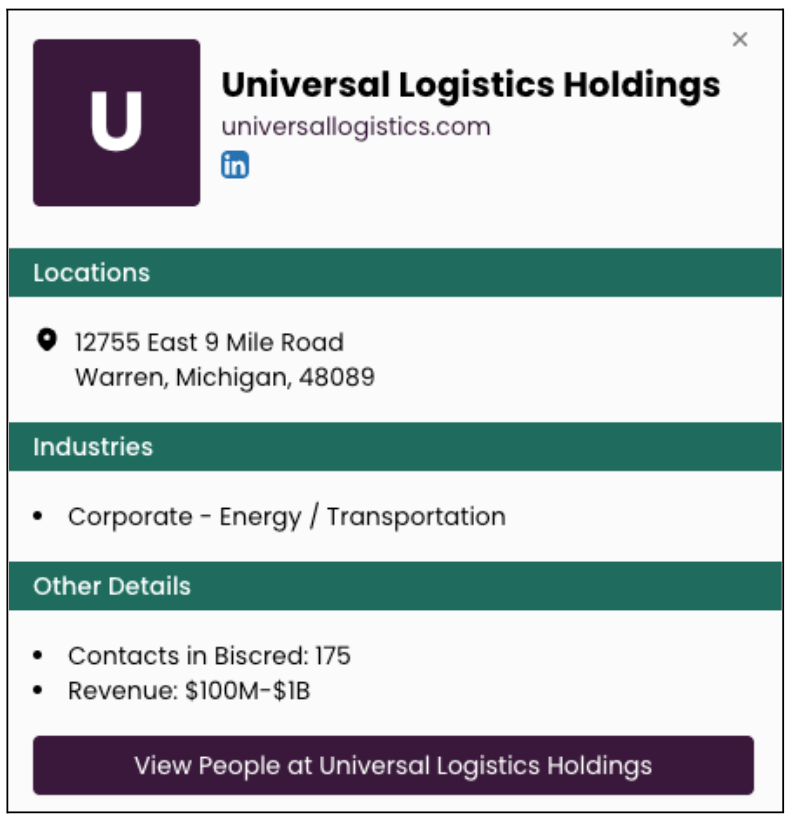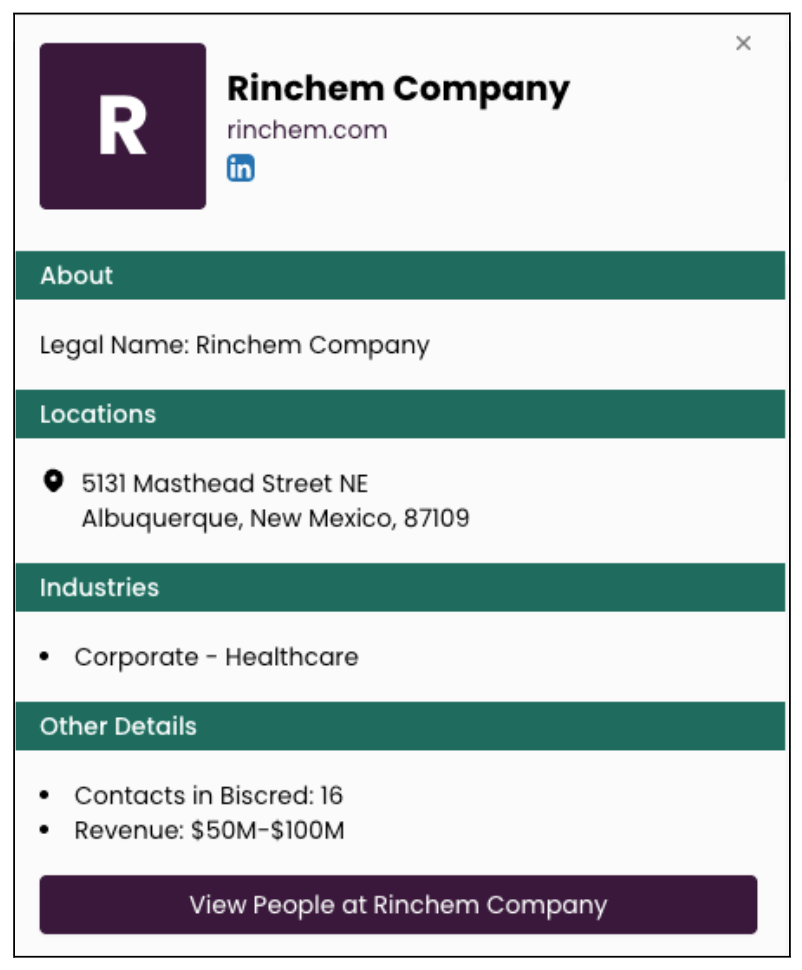13 Types of Warehouses in Commercial Real Estate
- alliewhite7
- Jul 10
- 10 min read
Updated: Jul 17
When you or your business orders or ships products, the supply chain stretches hundreds, if not thousands, of miles and may include several points of transfer and storage — or warehousing. From raw materials to assembly and eventually delivery, warehouses are essential for these supply chains.
A warehouse is a facility where products, goods, materials, and other items are organized as inventory. Warehouses have inbound and outbound inventory, which means that they have to be constructed to handle sorting, storing, and then retrieving inventory during normal business operations.
But this is only the broad stroke of how a warehouse operates. In fact, in commercial real estate, there are several types of warehouses that are involved in supply chains. We’ve sorted these 13 types of warehouses into 2 categories:
Types of warehouses based on ownership and business operations
Types of warehouses based on logistics, or internal function
We cover data centers in a separate post? Guide to Data Center Real Estate.
Warehouses by the Numbers
Number of warehouses in the U.S. in 2023: 22,000
Number of warehouses in the U.S. in 2007: 14,600
1.3 million people work at warehouses in the U.S.
Warehouse space in the U.S. is estimated at 15.5 billion square feet
(Source: Warehousing and Fulfillment)
In this article, we’ll briefly cover the 13 types of warehouses, how they function as a business, the customers they usually serve, and how you can potentially do business with them.
Biscred categorizes warehouses with the industrial asset class, which houses information for 97,400+ companies and 1.18+ million professionals that operate in the industrial asset class.
Warehouses Operation Categories
These five warehouses cover the different business models that a warehouse may use to operate its facility.
Public warehouses
Public warehouses are operated to provide other businesses space to rent for storage and other uses. A public warehouse will often have multiple businesses renting square footage within the facility. Some, not all, public warehouses offer logistics services like receiving orders or sorting inventory.
Often, businesses that use public warehouses are start-ups or businesses that need extra temporary storage. Short-term they can be a great way for businesses to grow, but long term they tend to be pricier than self-operated warehousing.
Owners of public warehouses make their facilities more attractive by providing additional services and solutions like inventory management systems and flexible terms for renting spaces. Businesses can lose a certain amount of control over inventory when they use public warehouses, so they trust between the public warehouse’s management system and inventory processing is key.
Public warehouse example: Americold is an example of a company that offers public temperature-controlled and cold storage warehousing. Biscred currently lists 771 contacts within Americold, and estimates they operate 241 properties in the United States.

Cooperative warehouses
Co-op warehouses are owned by multiple businesses that have products that need to be stored in a similar space. The goal of a cooperative warehouse is to save money for all the businesses involved. The services or operations conducted in the cooperative warehouse are agreed upon by all the involved businesses.
Farmers and wineries will often run cooperative warehouses because they have similar products that need specialized storage. And yet, it can be difficult for just one business to fill an entire temperature-controlled warehouse with product.
The owners of cooperative warehouses are the businesses that use the facility. This means that decisions, such as renovations or major investments, must be agreed upon by all involved parties. This can make third-party negotiations tricky, but because the businesses have shared concerns, (due to their similar products) that helps to facilitate consensus.
Cooperative warehouse example: Wakefern Food Corp., which includes ShopRite, Price Rite Marketplace and other grocery store brands. According to the Wakefern website, it is the largest retailer-owned cooperative in the United States. The Biscred database currently has 119 contacts for Wakefern Food, which is headquartered in New Jersey.

Contract warehouses
A contract warehouse typically involves a longer-term agreement than a public warehouse. Public warehouses are usually used for short-term or on-demand storage, while contract warehouses offer dedicated space and services to a business for a set period—often months or years.
Contract warehouses tend to be expensive, as they provide more services to meet last-minute needs. If a business experiences a sudden demand surge (such as around the holidays), a contract warehouse can still be a cost-effective way to meet demand.
Contract warehouses are a bit rarer, and they prioritize premium inventory management services as fast as possible. This means that they tend to maintain state-of-the-art warehouses. However, it also means that they may be hesitant to conduct more extensive renovations, as they’ll lose potential warehouse space that they could contract out to a business.
Example of a contract warehouse company: ShipBob, a Chicago-based company that offers fulfillment, warehousing, and shipping for small and mid-size ecommerce businesses. Currently, you’ll find 64 contacts for ShipBob in Biscred.

Private warehouses
Private warehouses are owned by a single business that controls and likely owns the property and facility, employs the warehouse staff, and is responsible for all logistics and maintenance. Private warehouses tend to have high upfront costs, but long-term, they allow the businesses more control over their own processes, layout and security.
They are perfect for larger businesses or even brands that operate multiple storefronts within a region. If a business has a specific method of handling inventory or wants to reduce the risk of damage or loss, it’ll usually operate a private warehouse.
Private warehouses are more straightforward to do business with, from a vendor perspective, as they’re typically run by a single point of contact. However, they’re also conscious of their own budget and limits for what it costs to maintain the warehouse. For businesses seeking warehouse, fulfillment or logistics support, the private warehouse may not be the right fit.
Examples of private warehouses include those owned and operated by mega-retailers like Target and Walmart. Uline is an online wholesaler that sells shipping supplies, and it owns two 1 million square feet warehouses in Pleasant Prairie, Wis. You’ll find 796 contacts for Uline in Biscred’s database today.

Customs warehouses
Sometimes also called bonded warehouses, these warehouses are authorized by the government to store imports until customs duties inspections are performed and taxes are paid. A customs warehouse will usually be in a major port city or along the border and can be used for either short-term or long-term storage.
The warehouse owner is licensed by U.S. customs authorities and, because of its unique position, it can store goods for importers and exporters. In fact, these warehouses deal only with customers that have exports and imports — domestic transactions don’t use customs warehouses (because domestic products aren’t subject to bonded storage or customs duties).
Customs warehouses are complex to own and operate, but they can be lucrative. The more time they spend ensuring compliance with import/export laws and arranging business transactions, the better — compliance and adaptability are essential to attracting high-value clients and avoiding international legal issues. A bonded warehouse will also want to be flexible and able to handle many types of products that may come through their doors.
While customs—or bonded—warehouses play a critical role in international logistics, they fall outside the scope of Biscred’s commercial real estate database for a few key reasons. First, they aren’t viewed as traditional CRE assets. Second, customs warehouses serve a regulatory purpose, not a traditional income-generating business (although they are profitable). Third, bonded warehouses have limited visibility in CRE marketplaces and aren’t marketed in the same way other CRE properties are.
An example of a customs warehouses is Imperial CSF in California, which is located near the Ports of Long Beach and Los Angeles.
Warehouse Logistics Categories
This section covers the logistics of different warehouses and how they may organize or handle inventory.
Distribution centers
Logistically, a distribution center is a hub within a supply chain where many products are stored before they’re shipped off to customers. For example, if a retail store like Target needs to stock all shelves in a region with products, it’ll utilize a central distribution center to store excess inventory until it’s needed at a retailer. Interestingly, large retailers like Target use regional and national distribution centers — and many handle B2C fulfillments, in addition to restocking.
The priority of a distribution center is efficiency and smooth operation. As a hub, a distribution center stores a lot of temporary inventory until it’s needed at a nearby retailer. This means that there’s a lot of inbound and outbound traffic at a distribution center. Distribution centers minimize long-term storage, because they are more concerned with effective inventory management of short- and mid-term inventories.
While Amazon is one of the largest and most-recognized names in distribution centers, many other companies operate them as well! Nike, for example, operates 50+ distribution centers around the world, including a 2.8 million square foot DC in Tennessee. Biscred’s users have access to contact information for more than 1,200 Nike corporate employees, including those located at the Tennessee DC.

Fulfillment centers
A fulfillment center is usually a type of public warehouse that handles the logistics of fulfilling orders for customers. Similar to a distribution center, manufacturers and suppliers send their products to a fulfillment center for sorting and storage. However, unlike a distribution center, the fulfillment center is not necessarily operated by the business that is selling inventory. The fulfillment center offers value-added services of storing, sorting, and shipping products once they’re purchased.
Fulfillment centers have to be flexible, especially because of the wide range of potential goods that they could be handling. They also have a responsibility to provide effective services for their clients, as their customers trust them to store and fulfill orders. A fulfillment center might handle short-term storage and returns.
Quiet Logistics, also known as Quiet Platforms, based in Devens, Mass., operates fulfillment centers for several ecommerce companies in apparel, health and beauty. Biscred’s users have access to 40 contacts at Quiet Platforms.

Temperature-controlled warehousing
Also sometimes called climate-controlled warehouses or cold storage warehouses, these warehouses are unique in that they’re meant for storing perishables like food, pharmaceuticals, and other temperature-sensitive products. Cold storage, however, refers to refrigeration or freezing; climate controlled refers to maintaining a stable temperature and humidity level. They’re necessary for certain products but can be costly to operate and maintain because they use energy to monitor and control their temperatures.
As you’ve probably already guessed, on top of the regular warehouse logistics concerns, a climate-controlled warehouse also has to maintain its HVAC systems, temperature monitoring, dehumidifiers, and back-up power systems to prevent damage to the products they’re storing.
These types of warehouses are a growing CRE niche. One example includes United States Cold Storage. Despite its name, it is a privately owned company that specializes in temperature-controlled warehousing and logistics. Biscred currently has 211 contacts for US Cold Storage.

Bulk storage warehouses
A bulk storage warehouse is a specialized type of warehouse that usually only stores a single product or product class, such as grain, chemicals or energy. Some manufacturers may need to store high quantities of a specific chemical, for example, that requires specialized storage. Bulk storage warehouses still have inventory sorting concerns, but are usually owned privately or by third-party logistics companies, and located close to where something is manufactured or distributed.
Bulk storage warehouses have very specialized uses, and they typically operate in terms of volume-based or weight-based tracking, which differs from item-level traditional warehouse management.
The Scoular Company in Omaha, Neb., offers bulk storage warehousing and supply chain solutions in the agricultural industry, and Biscred currently has 18 contacts for them.

Cross-docking and trans-loading centers
An even more unique type of warehouse, a cross-docking or trans-loading center handles transferring inventory from one transportation method to another. For example, one kind of truck may handle supplying inventory and another truck handles distributing it to another warehouse. The cross-docking facility is meant to facilitate this transfer.
For clarity, cross-docking is typically truck-to-truck (or transfers within the same mode of transportation) transfer. Trans-loading involves switching modes, such as truck-to-rail or vice versa.
A cross-docking center has almost no storage space (or temporary storage) and is a way to distribute products more efficiently across multiple locations, as the operator can ensure that multiple trucks aren’t delivering to the same locations repeatedly. A cross-docking center is usually operated by a package carrier like FedEX or UPS, as only a high volume of products can justify operating a cross-docking center. Additionally, some high-velocity products or seasonal shippers use this type of warehousing.
Universal Logistics is a Michigan-based company that offers a full suite of logistics services, including cross-docking.

Hazmat warehouses
Hazardous material warehouses are facilities that store potentially dangerous materials under certain regulations and safety measures. A hazmat warehouse is usually designed for specific categories of hazardous materials, and is staffed with employees trained on specialized storage.
A hazmat facility prioritizes stability, safety, and security. Similar to climate-controlled warehouses, a hazmat warehouse may require strict temperature or climate controls, and they handle only specific classes of dangerous materials. These warehouses are quite niche, but still vital in many industries, and they’re subject to strict compliance under OSHA, EPA, and other regulatory agencies, depending on the materials. A hazmat warehouse are often located near pharmaceutical manufacturers, chemical manufacturers, or any other manufacturer that uses hazardous materials.
Rinchem is an example of a US company that builds and operates multiple hazmat warehouses, and Biscred’s platform can connect you with multiple professionals at the New Mexico-based company.

Reverse Logistics Warehouses
A reverse logistics warehouse handles products that are being returned to a company, rather than distributed to stores or customers. In an era of ecommerce, reverse logistics warehouses are becoming a greater necessity as customers return products. Oftentimes, reverse logistics warehouses will have to evaluate the condition of a returned product and whether it can be returned to shelves, repaired, destroyed or recycled. Their services might include inspecting, grading, sorting, and repackaging goods.
It’s not uncommon for other types of warehouses to contain a specific area for reverse logistics. Other larger ecommerce companies may have a dedicated facility for processing returns that could be considered a reverse logistics warehouse. Reverse logistics are less common, however they are growing.
Inmar Intelligence is an example of a proptech company that facilitates reverse logistics, especially in pharmaceutical, healthcare and retail businesses. While Inmar may not provide reverse logistics warehousing, it does facilitate a network of more than 4,000 return locations in the U.S. Biscred’s platform can put you in touch with 81 contacts at Inmar.

Smart warehouses
A cutting-edge type of warehouse, smart warehouses employ automation to function. This includes machines that sort or pick inventory, as well as specialized warehouse management systems that handle operating and tracking inventory. More and more companies are utilizing sensors, QR codes, RFID chips, and other virtual methods of tracking inventory to automate warehouses and increase efficiency.
Smart warehouses are more concerned with implementing advanced technology and other cutting-edge inventory management techniques. A smart warehouse may also be interested in sustainability and energy efficiency on top of their operational efficiency.
Grow Your CRE Relationships with Warehouse Companies
Biscred houses the largest, most comprehensive database of companies and professionals working in the commercial real estate industry. If you’re a vendor, service provider, or firm looking to grow your business and connect with companies that build, operate and occupy warehouses, book a demo and see how powerful our prospecting platform is.
Image credit
ID 15032818 | Banol2007 | Dreamstime.com
Sources consulted
Warehousing and Fulfillment, Contract Warehousing: Is It Your Best Option?, 2025-06-08
Netsuite, Distribution Centers Explained, 2022-04-28
Ecom CPA, Using Bonded Warehouses to Manage Tariff Costs for U.S. E-Commerce Businesses, 2025-04-08
Warehousing and Fulfillment, What Operations and Logistics Professionals Must Understand About the Warehousing Industry's Recent Growth, 2025-06-12



Comments